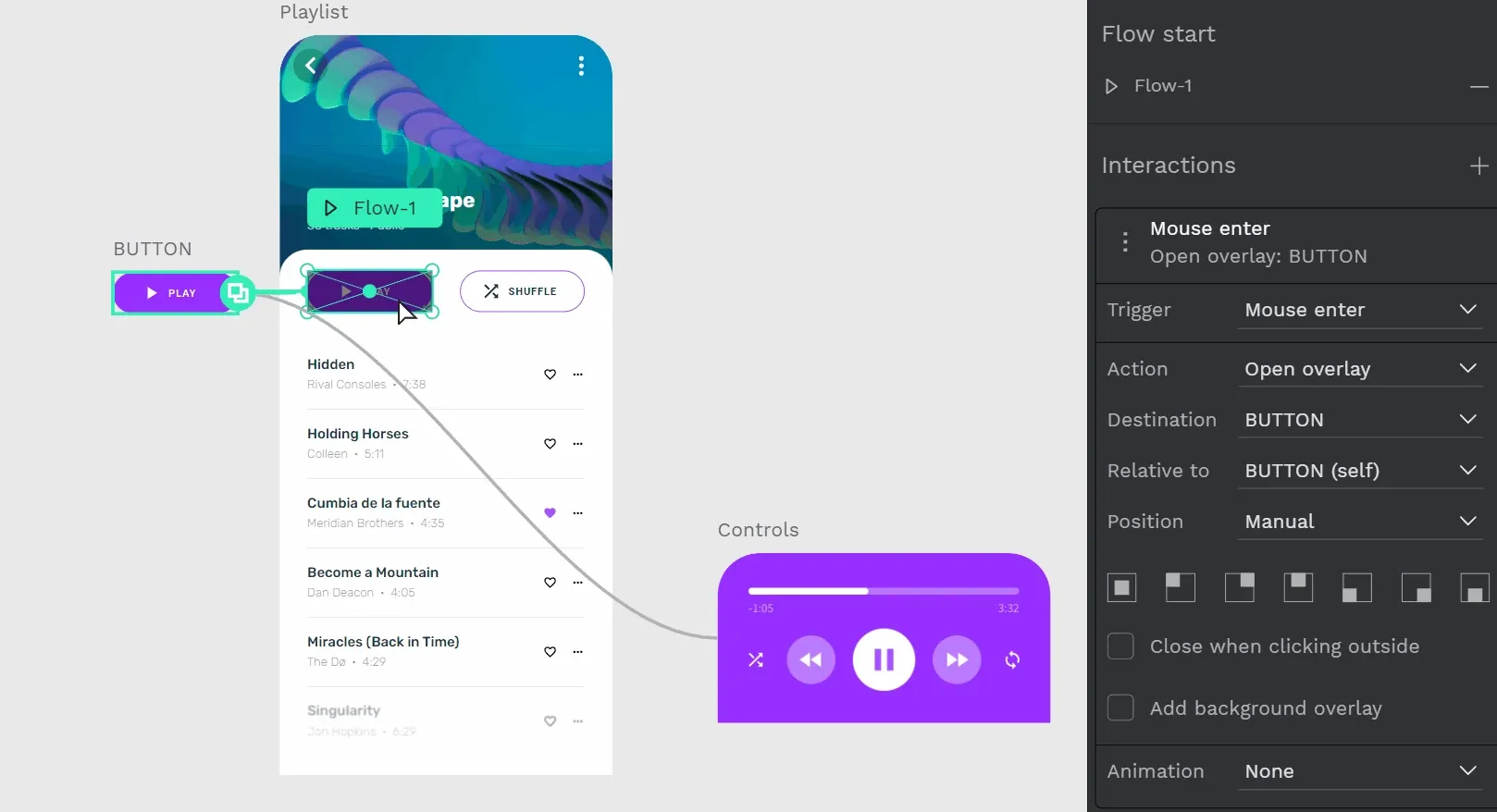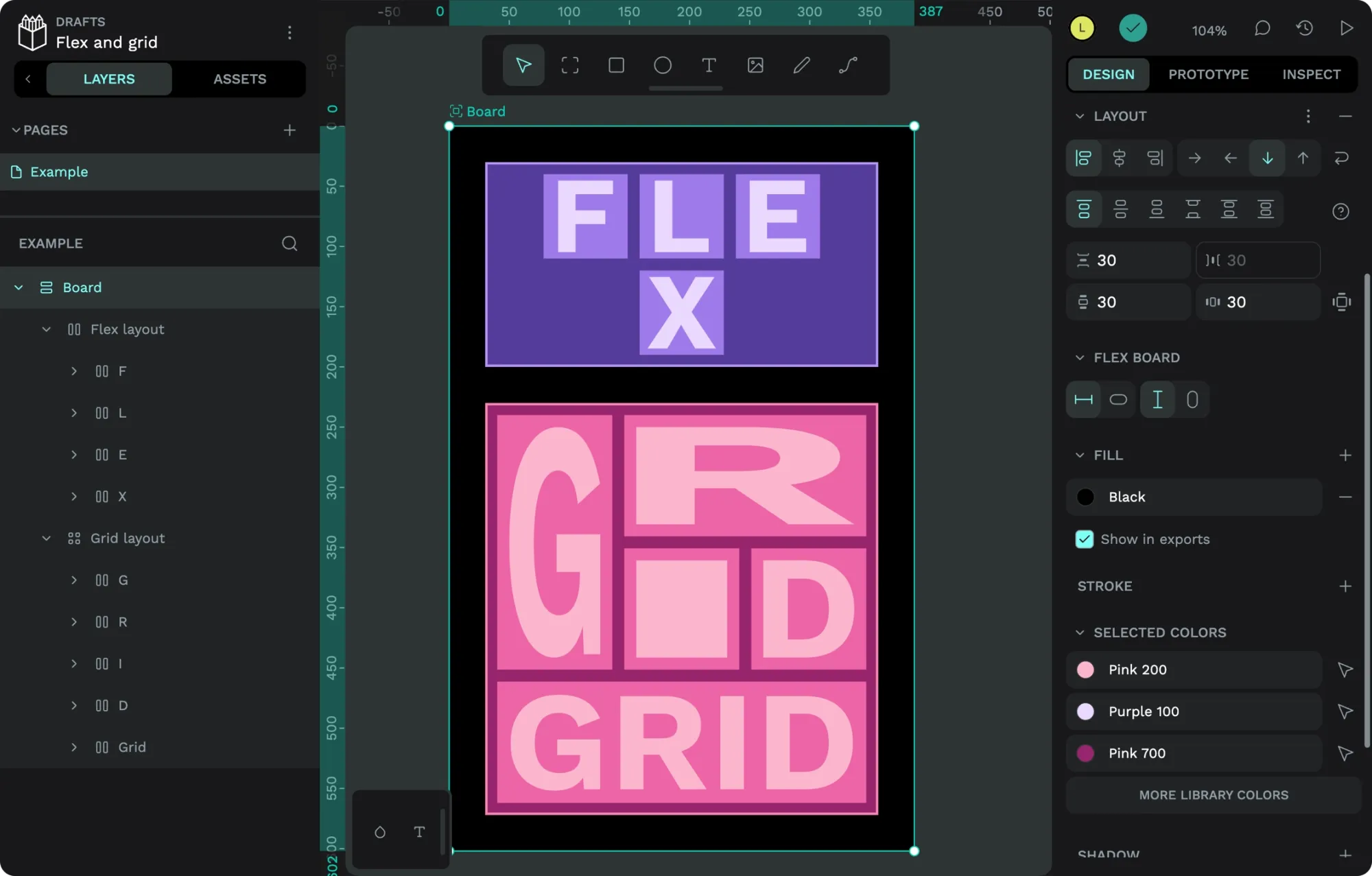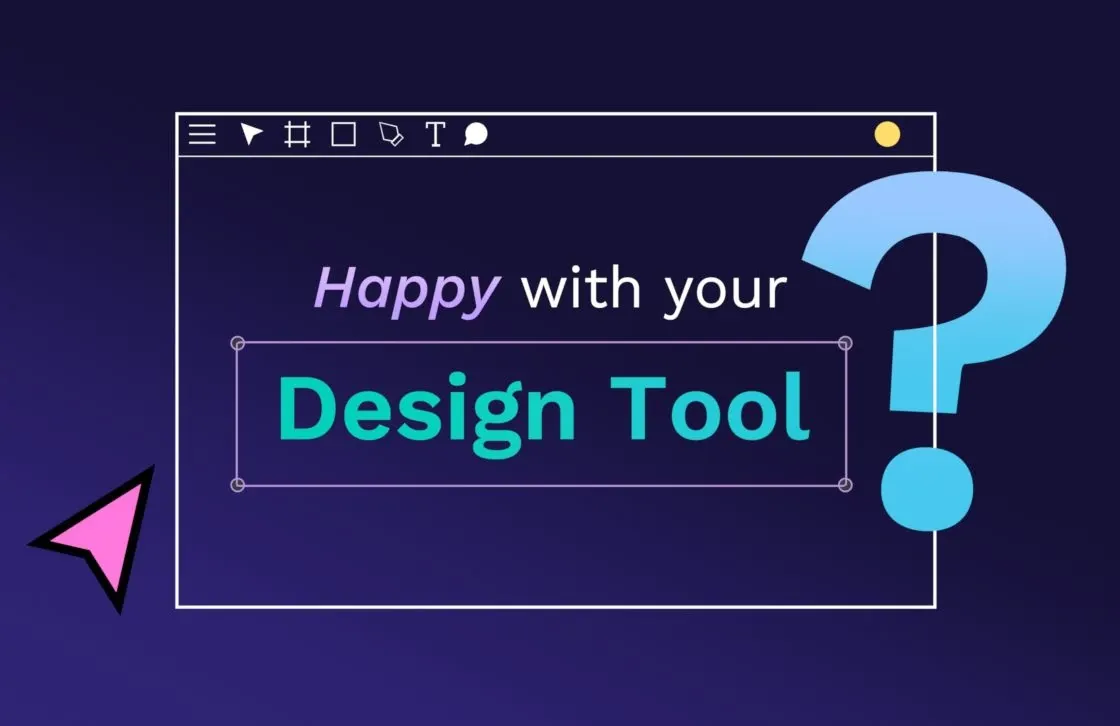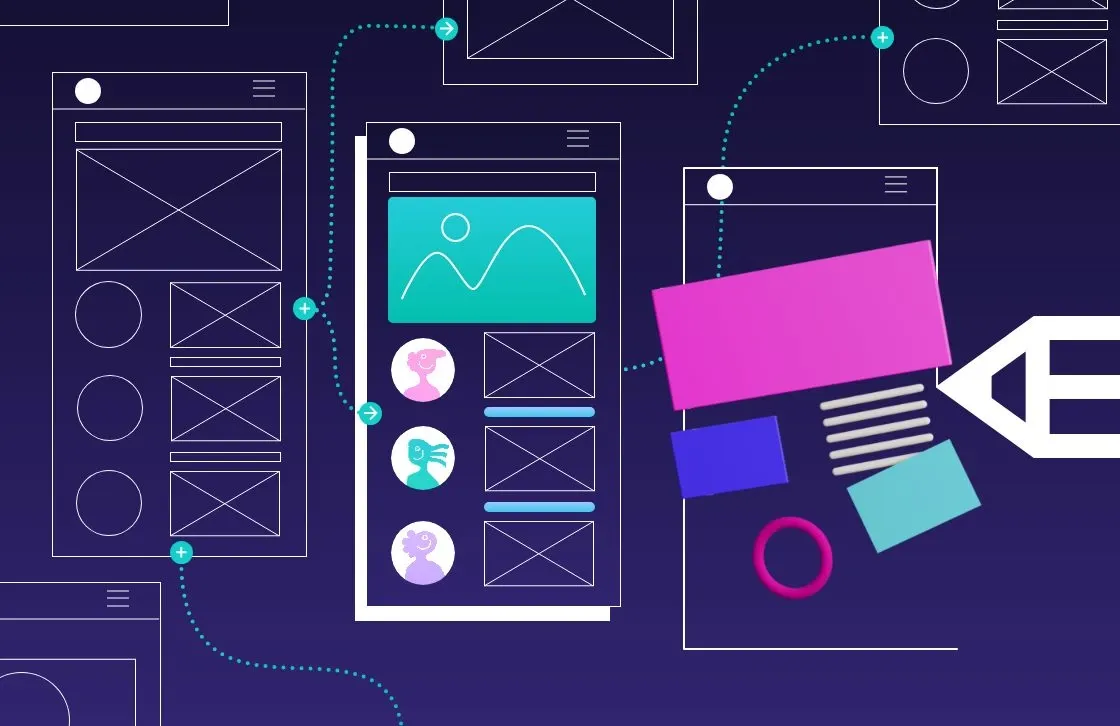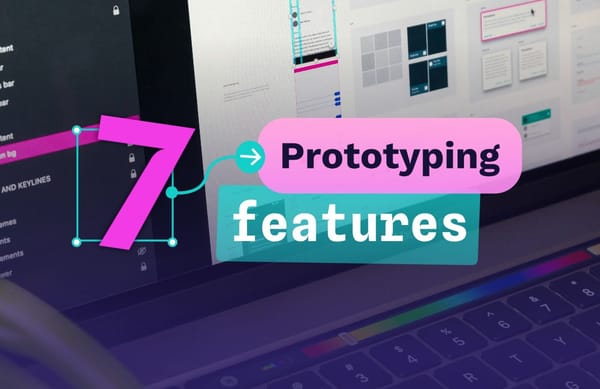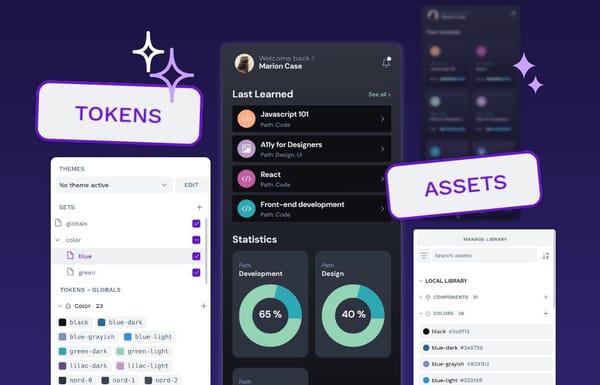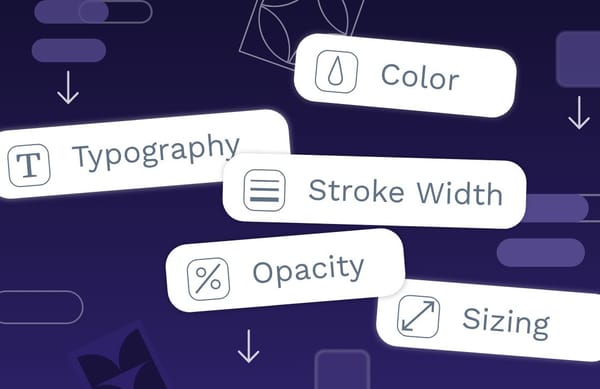What is the Double Diamond design process (and how to use it today)
The Double Diamond design process is a structured approach to product and UX design, dividing the creative journey into four phases: discover, define, develop, and deliver.

The Double Diamond design process is a method of product and UX design that breaks up the creative process into four parts: discover, define, develop, and deliver. Within each part or phase, several viable options are reviewed until the best one is identified, and then designers move on to the next phase.
It gets its name from the visualization of the process, two diamonds representing “problem” and “solution” — each broken into two parts to highlight the four total phases.
The Double Diamond approach varies from some other design methods in that it equally values both the problem and solution. By encouraging designers to think about the problems just as deeply as the solutions, the likelihood of creating user-centric products increases.
This process was popularized in 2005 by the British Design Council and is now used by organizations everywhere. It is especially helpful for teams with a lot of ideas who need a formal approach to making more user-focused products and services.
Divergent vs. convergent thinking
There's another unique aspect to the double-diamond approach that makes it stand out from other design methods. It embraces both divergent and convergent thinking, two schools of thought that have traditionally been viewed as being in conflict with one another.
Divergent thinking is the creative, non-linear thinking that's often associated with designers. It's a "throw everything at the wall" approach that values brainstorming and coming up with the most creative solution. However, this way of inventing things can be frantic and unfocused and easily derail a team from its ultimate goal of serving the customer.
Convergent thinking is the exact opposite, valuing a very linear approach to assessing ideas for their delivery or utility. This limits what could be very unique ideas that, at first, seem out of the scope of the project but that could very well be the right solution for your customer.
The Double Diamond approach incorporates these two ways of thinking into the phases, using both divergent and convergent strategies in identifying the problem and creating the solution.
Problems and solutions
Now, back to the two diamonds, which represent the problems to be solved and how the designers hope to solve them.
The first diamond is the “problem” diamond, sometimes called the “research” diamond. This is the space where designers and non-designers, together, try to define what the problems are and prioritize what needs to be solved.
The second diamond, or the solution diamond, can also be called the “design” diamond. It’s the place for realization, validation, testing, and scaling. In this phase, the ideas come to life. This is also the place that most people think of when talking about design work and was the focus of design before the Double Diamond approach became more mainstream.
The Double Diamond in action
Within the two spaces, or diamonds, are the phases of convergent and divergent thinking. Together, they make up four distinct steps.
1. Discover
In this first part of the double diamond, teams will spend time doing a lot of research. Focus groups, interviews, customer feedback, and field visits are all a part of this phase, and it can take a long time to complete it. You may bring in experts to break down the research into more tangible pieces or even revisit research done long ago.
Remember that this is a divergent part of the process. There are no bad ideas to begin with, and all problems should be considered with the goal of refining them in the next step.
Example: You want to design an app that helps people manage pet care duties. In the discover phase, you could interview pet owners, browse pet owner forums, ask questions in Facebook groups, and bring in experts like vets to help share their top concerns and challenges. Any problems, big or small, should be documented for possible further research or refinement.
2. Define
Now that you have all that research, you need to turn it into a single, solvable problem. Think of it like your thesis statement for the issue you are trying to fix. It will be more defined than your original problem and be very actionable.
This is a convergent step, so while creativity from the Discover step will be used as the basis, it’s time to narrow down all of the possibilities into one mission or goal. You may spend a great deal of time in this phase, too, as you’ll need to sort through all of the research data, look for trends, and discount the outliers that aren’t significant enough to address right now (or ever.)
Example: With all of the feedback from pet owners and professionals, as well as independent research, you notice a trend in the data. Most people have difficulty knowing when to carry out pet care, how often to do certain tasks, and how long these tasks will take. Education (or a lack of) was the primary setback for these pet owners that prevented them from scheduling duties effectively. You now know that your solution will be an educational tool that informs owners of the necessary duties and what's required of them.
3. Develop
Now, the hands-on work begins. In the develop phase, you will go back to the divergent approach, seeking solutions from a variety of sources. Brainstorming possibilities are welcome here, and teams often go back to that big list of problems in the first diamond to create the list of solutions.
This is also the phase where you will sketch out solutions and use tools for wireframing. You may also do a few low-fi prototypes with the understanding that these are very rough versions of possible outcomes. (Since you are being very creative here, you don't want to get too attached to any one solution idea.) This is also where collaboration will be at its peak, and stakeholders from all areas should feel welcome to contribute.
Example: Solicit ideas from many different teams on how to educate pet owners through the management app. Include designers, developers, and those in the pet care field. Do a few rough sketches of your idea in an app like Penpot, making sure to invite collaborators to share their feedback with comments and their own sketch versions. Be prepared to revisit the “drawing board” again and again in this phase.
4. Deliver
Now that you've created a big list of solutions, it's time to test and validate them. Some will be obvious as to their workability. Others may take more prototyping and feedback. As soon as you see that something isn't working, take it out of the running and put resources into the more promising solutions. (This is another convergent phase.)
Prototypes here will be more granular and realistic, and you may even put out a beta product at this point for users to test and offer their own feedback for. All of it ends with a working product to launch into the world that solves the problem you identified in the very beginning. You will also create the assets and UI elements needed to support the launch, with designers and developers working in tandem to see a successful deployment.
Example: In our pet care management scenario, the app is created, tested, validated, and launched. Marketing materials may be created at this stage, as well, to help promote the app and get users to provide their feedback in the first few weeks of deployment. The workable product is in the world, and — hopefully — pet owners are getting the education and support they need to keep their furry friends healthy and happy.
Double diamond for UX design success
While the process of the Double Diamond seems like four straightforward steps, designers may find themselves moving back and forth between the steps before they finally come out on the other side. That’s because some of the steps require a few iterations to figure out what’s working.
For example, if you get to the develop phase and realize you don’t have enough information to create a workable prototype, you may have to revisit the discover phase to collect more information. It’s not a completely linear approach, but it puts the user at the forefront of what you do. When done well, it brings everyone on board for the good of the user and improves the likelihood of market fit.
To better deliver on your product promises, level up your UX design knowledge by looking at some of the best examples of design in the industry. Not only will you learn something new, but you might just get the inspiration you need for your next big project.
Related Blogs
Check out our other blogs, from informative topic guides to tutorials on how to get the most out of Penpot.
